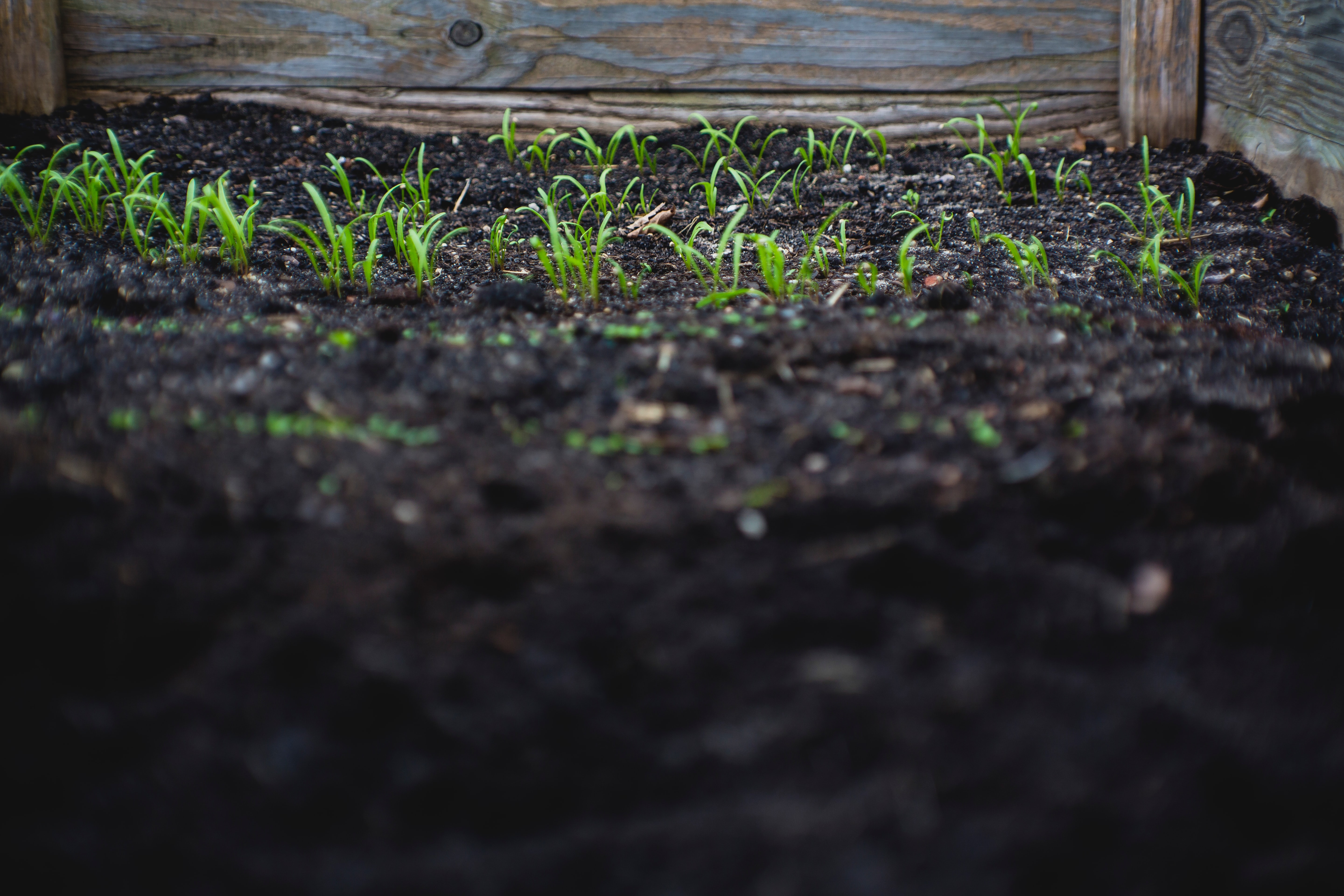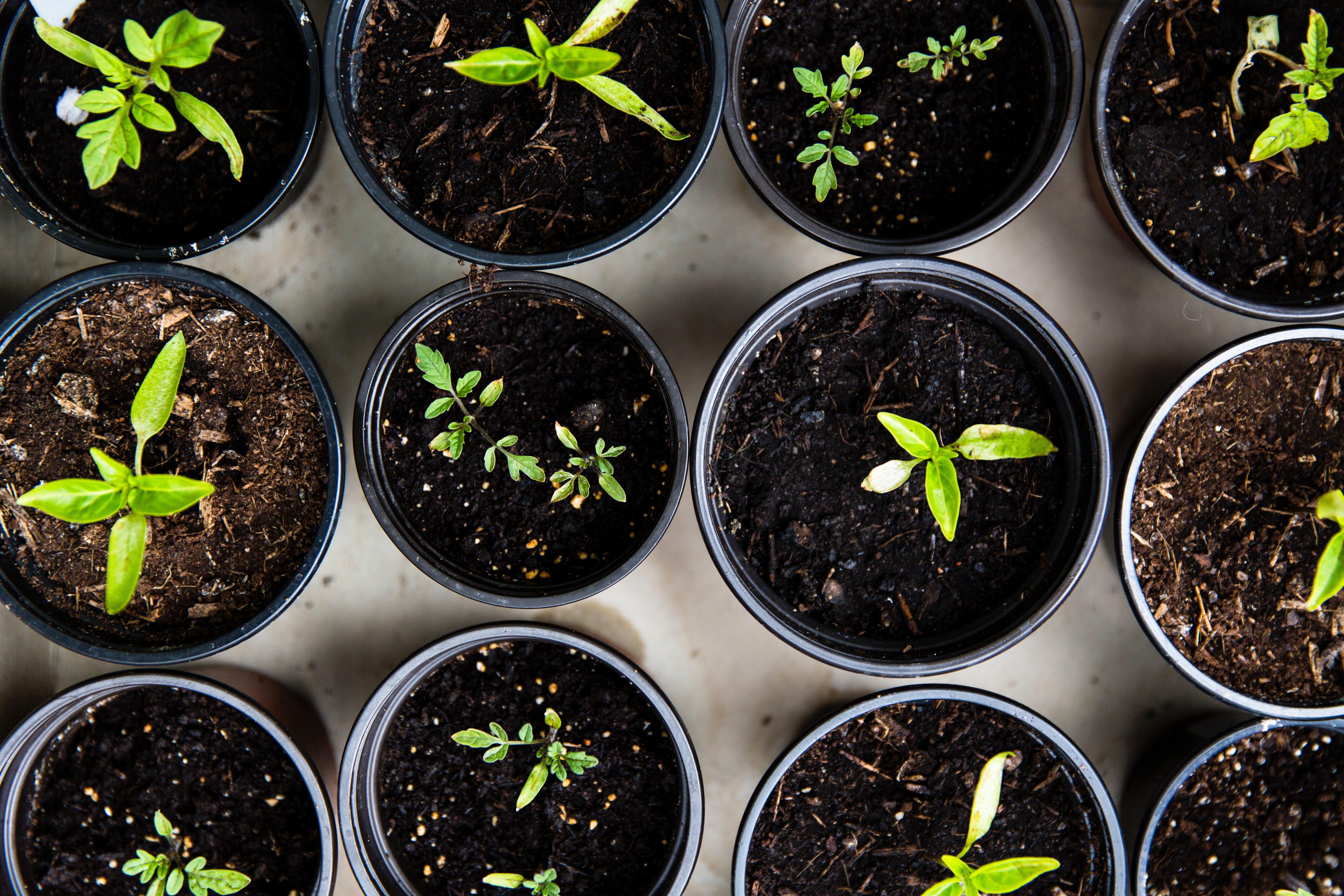

Soil is right underneath us! I'ts responsible for things we take for granted. Some things soil is responsible for is the produce which farmers make, are a great place to store carbon, provide nutrients to all the plants on Earth and the type of soil can also determine the damage done to buildings on top of it during earthquakes. However if soil is not managed properly, then all its benefits are decimated and this can have huge, yet indirect effects on the environment. It's time to start saving soil.
|
The 'Soil Moisture Monitoring System' is designed to monitor soil quality by monitoring the amount of water in the soil. water is essential in soil as it transports nutrients to plants. Moreover, if the soil underneath a building has too much water in it, then that can lead to long-term damage to the building. In a sense, you might save thousands of dollars with the Soil Moisture Monitoring System. This system can also be used in vegetable gardens, a method to achieve sustainable living. |
 |
|
The 'Soil Moisture Monitoring System' is designed to monitor soil quality by monitoring the amount of water in the soil. water is essential in soil as it transports nutrients to plants. Moreover, if the soil underneath a building has too much water in it, then that can lead to long-term damage to the building. In a sense, you might save thousands of dollars with the Soil Moisture Monitoring System. This system can also be used in vegetable gardens, a method to achieve sustainable living. |
 |
 |
The Monitoring Component is a module that monitors soil moisture levels and publishes the data to the Cloud. The module consists of a Particle Electron fit with an attached soil moisture sensor. The module uses rechargeable Lithium-ion batteries and solar panels to supply its power The Data Storage Component is responsible for retrieving the soil moisutre data from the Particle Cloud and storing it in a database. This component consists of a Raspberry Pi, which continuously checks for any new soil mositure data on the Particle Cloud. When there is new soil moisture data on the Particle Cloud, the Raspberry Pi then gets the data via HTTP get requests and then stores them in the database. The Web Application is the last component in the system. When there is new soil moisture data in the database, the web application generates a new plot with the new data. |
|
The Monitoring Component is a module that monitors soil moisture levels and publishes the data to the Cloud. The module consists of a Particle Electron fit with an attached soil moisture sensor. The module uses rechargeable Lithium-ion batteries and solar panels to supply its power The Data Storage Component is responsible for retrieving the soil moisutre data from the Particle Cloud and storing it in a database. This component consists of a Raspberry Pi, which continuously checks for any new soil mositure data on the Particle Cloud. When there is new soil moisture data on the Particle Cloud, the Raspberry Pi then gets the data via HTTP get requests and then stores them in the database. The Web Application is the last component in the system. When there is new soil moisture data in the database, the web application generates a new plot with the new data. |
 |